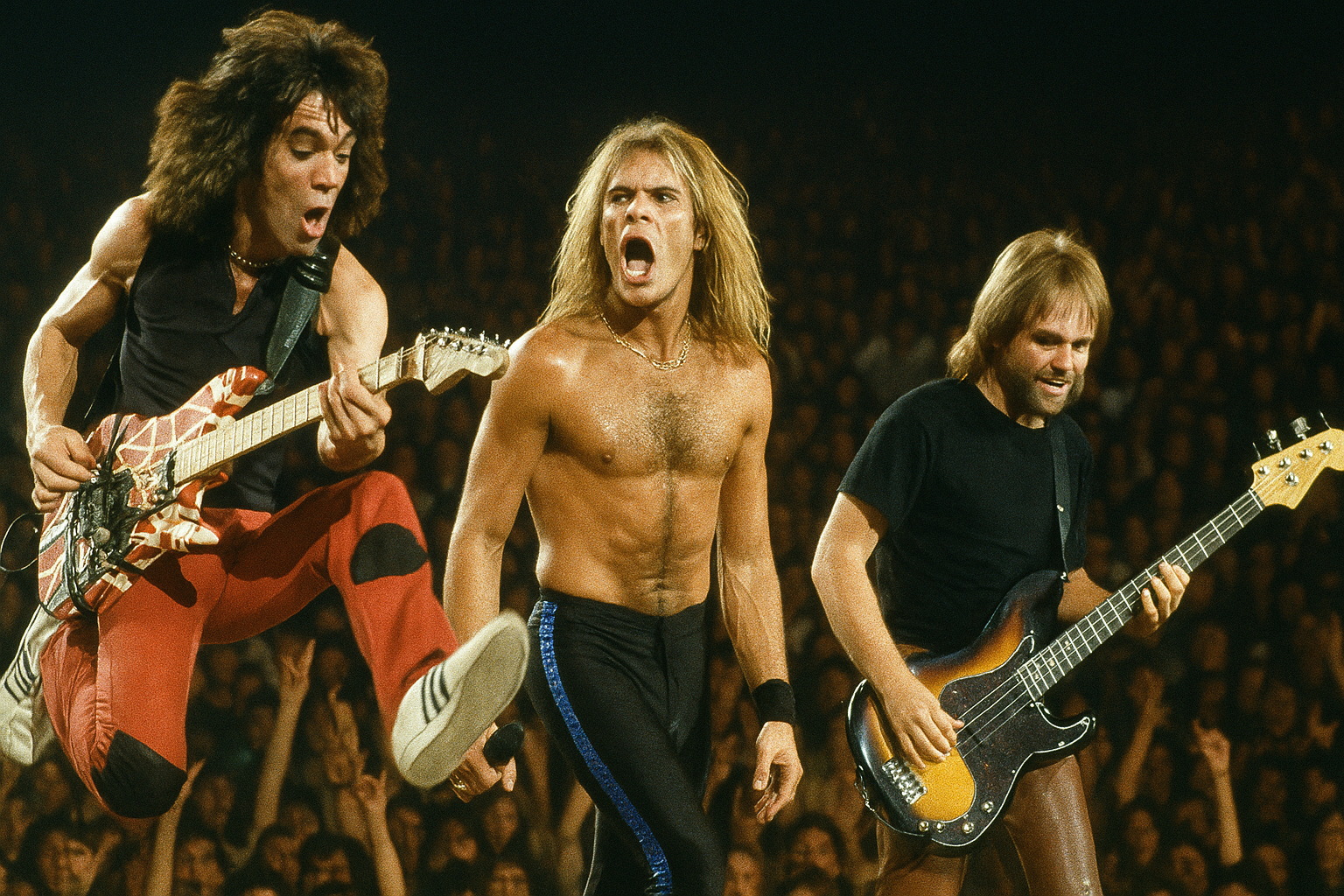A Decade of Rock, Arena Giants, and the Fans Who Crowned Their Idols
When fans picked up the July 31, 1982 issue of Circus Magazine, they held more than a glossy rock publication in their hands. They were opening a 10-year time capsule of rock’s biggest stars. This special feature, titled “A Decade of Rock’s Biggest Stars”, was built from the magazine’s Readers’ Choice Poll (1972–1982) — a fan-driven ranking that reflected who truly ruled the stage, the charts, and the hearts of young audiences.
For readers of the early 1980s, this wasn’t just a nostalgic look back. It was a reminder that the rock of the 1970s had survived tragedy, reinvention, and changing trends, and was still shaping the culture of 1982. Circus captured that moment of transition — when arena rock, heavy metal, and new wave collided, and when fan voices, not critics, dictated who mattered most.
The summer of 1982 was a turning point. MTV had launched just a year earlier, changing forever how music was consumed. Arena rock bands like Journey and Van Halen were selling out stadiums. Heavy metal was gaining speed, while punk and new wave acts like Blondie proved that rock could cross into dance and pop culture.
The Circus Readers’ Choice Poll reflected this shifting balance of power.
-
Journey’s Escape to Stardom – With their 1981 album Escape hitting #1 on the charts, the San Francisco band moved from cult act to mainstream giants. Steve Perry’s soaring vocals and Neal Schon’s guitar mastery made them the quintessential arena band, while the addition of Jonathan Cain gave them new songwriting muscle.
-
AC/DC’s Resilience – Just two years after the death of Bon Scott (1980), AC/DC had rebounded with Back in Black and For Those About to Rock We Salute You. Circus described their music as a “high-decibel heavy-metal assault”, powered by Angus Young’s schoolboy persona and relentless riffs.
-
Van Halen’s Rise – Circus celebrated their wild energy, noting how their cover of Roy Orbison’s “(Oh) Pretty Woman” and their 1982 album Diver Down put them at the forefront of American rock. David Lee Roth’s flamboyance and Eddie Van Halen’s guitar wizardry defined the band’s appeal, summed up in their ethos: “Van Halen is not an act; we are the way we look.”
-
Led Zeppelin’s Uncertain Future – Two years after the death of John Bonham (1980), fans still asked whether Zeppelin could live up to their legendary past. Circus acknowledged their unmatched history but reflected the uncertainty of their future.
-
Ozzy Osbourne’s Reinvention – Once Black Sabbath’s frontman, Ozzy was riding a new wave of success with Blizzard of Ozz and Diary of a Madman. Circus emphasized how his “Blizzard keeps blowing”, proving his solo career could stand on its own.
-
The Rolling Stones – Described as a “mirror of a decade”, the Stones symbolized rock’s continuity. Circus featured Mick Jagger draped in the American flag, embodying their blend of rebellion and spectacle.
-
Rod Stewart’s Comeback – With Tonight I’m Yours, Stewart reclaimed the spotlight, showing that his career wasn’t fading but evolving with the times.
-
Blondie’s Transformation – Circus reminded readers that only five years earlier, Debbie Harry and Blondie had been playing gritty sets at CBGB’s. By 1982, they were global stars, bridging punk, disco, and pop — redefining what a rock band could be.
This wide range of artists illustrated one truth: the 1970s had built rock’s legends, but the early 1980s were testing whether they could survive in a changing cultural landscape.
By 1982, Circus Magazine was the fan’s voice in rock journalism. Unlike Rolling Stone, which leaned toward critics and commentary, Circus was unashamedly about fandom, posters, polls, and photo-driven coverage.
-
The cover celebrated Blondie — a symbolic choice that showed Circus wasn’t just about hard rock and heavy metal but about the entire spectrum of youth culture.
-
Inside, fans got explosive concert photography:
-
Angus Young leaping mid-solo, his guitar as much a weapon as an instrument.
-
David Lee Roth shirtless in spandex, flanked by Eddie Van Halen with his now-iconic striped guitar.
-
Steve Perry and Journey basking in their Escape-era success, embodying the polished arena sound.
-
Ozzy Osbourne grinning wildly, sweating and unhinged, already living up to his “madman” image.
-
Mick Jagger wrapped in stars and stripes, a visual metaphor for the Stones’ ability to blend rebellion with showmanship.
-
Circus knew its audience: teens and young adults who decorated their walls with posters, memorized song lyrics, and lived through their bands. This mix of fan service and solid reporting made Circus one of the most influential youth culture magazines of its time.
-
Journey’s Escape became their first #1 LP, marking their transformation into arena giants.
-
AC/DC overcame tragedy, with Back in Black cementing them as global icons.
-
Van Halen redefined rock showmanship, with Diver Down and their outrageous stage presence.
-
Led Zeppelin’s legacy loomed large, but their future was uncertain after Bonham’s death.
-
Ozzy Osbourne reinvented himself, proving he was more than Sabbath’s former frontman.
-
The Rolling Stones symbolized endurance, still electrifying audiences 20 years into their career.
-
Rod Stewart staged a comeback, reminding fans of his staying power.
-
Blondie bridged punk, disco, and pop, showing rock’s capacity to evolve.
Each highlight was accompanied by bold concert photography that captured not only the sound but the spectacle of the rock era.
For collectors today, this issue of Circus is a must-have artifact of rock history.
-
Historical Timing – Coming right after MTV’s launch and during rock’s transition into the 1980s.
-
Fan-Driven Polls – A unique record of who fans loved most at that exact moment.
-
Unforgettable Images – From Angus Young’s leap to Debbie Harry’s cool charisma, the photography alone makes it collectible.
-
Bridging Two Eras – This issue covers both 1970s legends and 1980s stars, making it a perfect crossover collectible.
Owning this magazine means holding the same pages that teens flipped through in the summer of 1982, debating whether Journey or Van Halen was the future of rock.
The July 31, 1982 issue of Circus Magazine remains one of the most important fan-driven rock publications of its era. It celebrated a decade of heroes, from Led Zeppelin and the Stones to Journey and Van Halen, while acknowledging the rise of acts like Blondie that expanded rock’s possibilities.
It was more than reporting—it was a time capsule of fan passion, music evolution, and visual spectacle.
For anyone who values rock history, vintage Circus magazines are not just reading material — they are living artifacts of youth culture.
👉 Browse our full collection of Circus Magazines here:
https://originalmagazines.com/collections/circus
Whether you’re a collector, music historian, or lifelong fan, issues like this one allow you to revisit the exact moment when rock was reshaping itself for a new decade.

